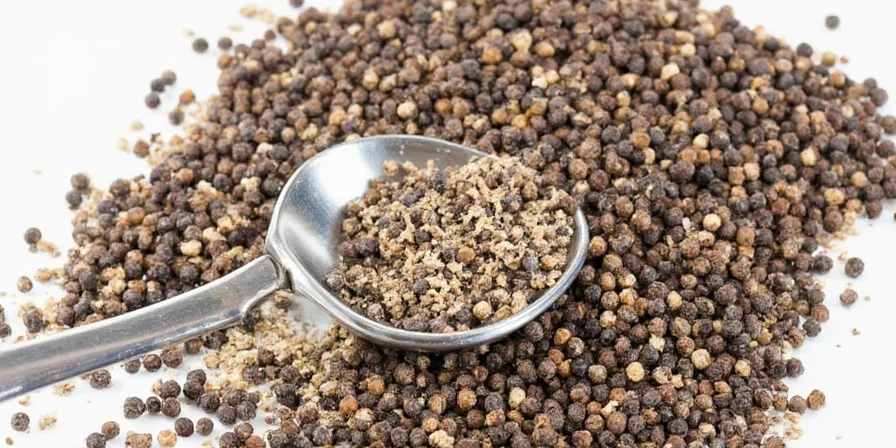
There's more to this spice than meets the eye.
If you thought crushed black pepper was just that dusty stuff in your spice rack, think again! This humble seasoning has a history as rich as its flavor and surprising versatility. Whether you're a home cook seeking to elevate everyday meals or a food enthusiast curious about spice science, this guide reveals how crushed black pepper can transform your cooking. Buckle up—we’re about to explore everything you never knew you needed about this kitchen staple.
Table of Contents
- A Peppery Past: From Gold to Grinders
- Black, White, Green—What’s the Difference?
- Top 7 Tips for Maximizing Crushed Black Pepper in Your Cooking
- The Science Behind the Sizzle
- How to Store It So It Stays Spicy
- Fun Facts That’ll Make You the Life of the Party
- Pairing Perfection: What Goes Well With Pepper?
A Peppery Past: From Gold to Grinders

Once traded like gold, now found in every kitchen.
Did you know crushed black pepper was so valuable in ancient Rome that it was sometimes compared to silver? Yep, it wasn’t just a seasoning—it was a currency!
The plant behind our beloved pepper is called Piper nigrum, native to South India. Its journey from jungle vine to kitchen shaker involved centuries of trade routes, colonial conquests, and culinary revolutions.
In ancient Rome, pepper was so valuable it was stored in warehouses under guard. Fast forward to today, and it’s the most widely used spice on the planet. Not bad for something that starts life as a small green berry.
Black, White, Green—What’s the Difference?
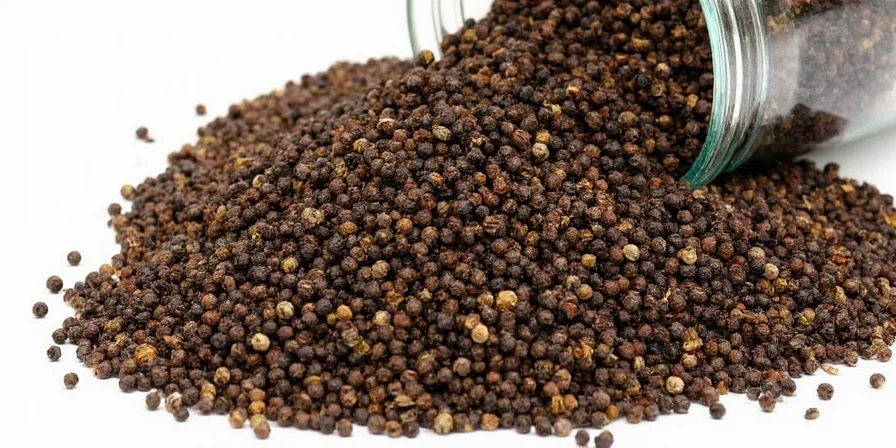
Same family, different vibes.
All these varieties come from the same plant but differ based on when they’re harvested and how they’re processed:
| Type | Processing | Flavor Profile |
|---|---|---|
| Black Pepper | Fermented and dried unripe berries | Rich, earthy, sharp |
| White Pepper | Ripened berries with husk removed | Milder, earthier, slightly fermented |
| Green Pepper | Unripe berries preserved in brine or freeze-dried | Fresh, vegetal, grassy |
Top 7 Tips for Maximizing Crushed Black Pepper in Your Cooking

A little goes a long way, but done right, it goes far.
- Add it at the end: Crushing releases volatile oils. For maximum aroma and bite, add crushed black pepper after cooking, not during.
- Don’t overdo it: A pinch can pack a punch. Start light and adjust to taste.
- Grind your own: Whole peppercorns retain freshness better. Buy a good grinder and crush as you go.
- Use it in desserts: Believe it or not, a tiny dash adds depth to chocolate or fruit-based dishes.
- Try it in cocktails: Muddle a few grains in Bloody Marys or spicy margaritas for an extra kick.
- Bold meat rubs: Combine crushed pepper with salt, garlic powder, and herbs for a simple yet powerful steak rub.
- Infuse oils or vinegars: Let crushed pepper sit in oil or vinegar for a few weeks to make flavored pantry staples.
The Science Behind the Sizzle
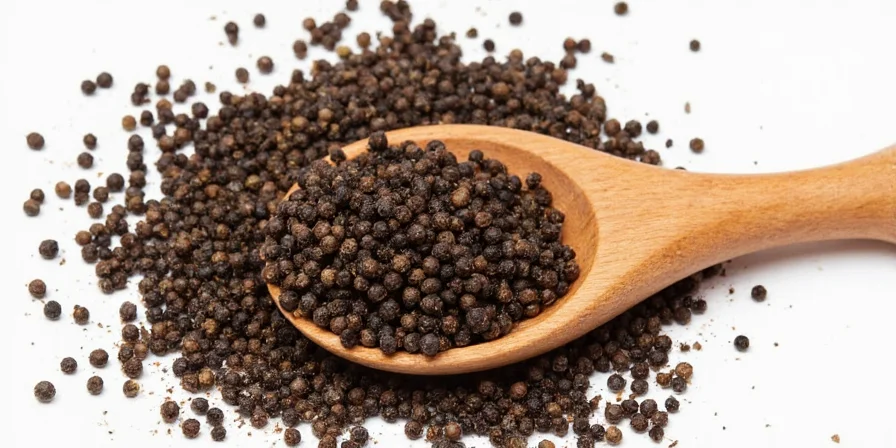
Piperine is where the magic happens.
Ever wonder why pepper makes your nose tingle and eyes water? Blame it on piperine, the compound responsible for pepper’s signature heat.
Unlike capsaicin (found in chili peppers), piperine isn't technically spicy—it’s what’s known as a tingling irritant. It activates nerve endings in your mouth and nose, creating that unmistakable zing.
And here’s a bonus: Piperine also boosts nutrient absorption. It enhances the body's ability to absorb turmeric, selenium, beta-carotene, and even some B vitamins. That’s why you often see black pepper paired with supplements!
How to Store It So It Stays Spicy
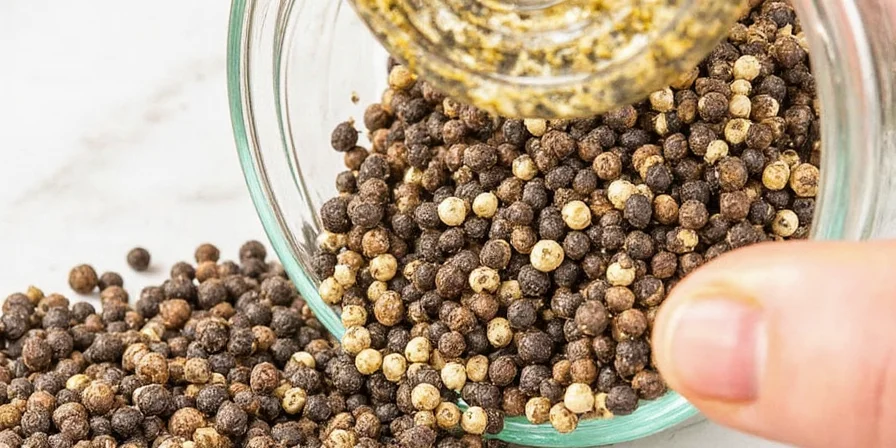
Keep it fresh so it keeps you guessing.
Storing crushed black pepper correctly ensures it maintains its potency and flavor. Here’s how to keep it from going stale:
- Air-tight containers: Once opened, transfer to glass jars with tight lids to prevent moisture and air exposure.
- Cool, dark place: Keep away from heat sources like ovens or direct sunlight. Spice racks near stoves are a no-no!
- Label and date: Mark the purchase date. Crushed pepper lasts around 2–3 years, but whole peppercorns last longer.
- Smell test: If it smells bland or musty, it’s time to toss it.
Fun Facts That’ll Make You the Life of the Party
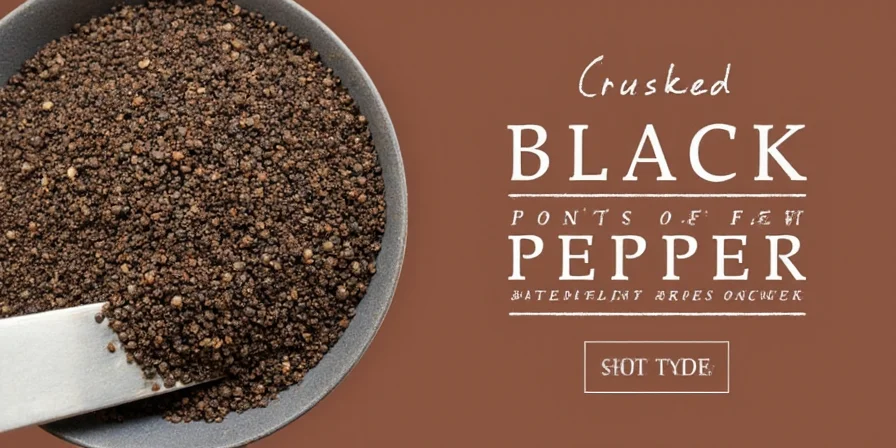
Who knew pepper could be this entertaining?
- Pepper was once called “black gold.”
- The largest pepper-producing country is Vietnam, followed closely by Indonesia and India.
- It takes about 2,000–2,500 peppercorns to make one pound.
- Medieval Europeans used pepper as a form of payment—including for dowries!
- Crushed black pepper is the only spice that comes from a flowering vine.
- Pepper has natural antibacterial properties and was used in traditional medicine for digestive issues.
Pairing Perfection: What Goes Well With Pepper?
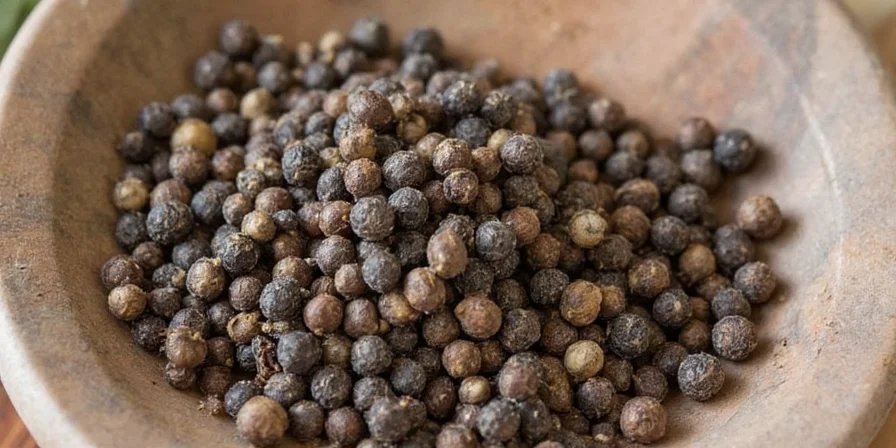
Some combos were meant to be.
Here are a few classic and creative pairings that show off crushed black pepper’s versatility:
- Steak: Classic for a reason. The boldness of pepper cuts through fatty meats beautifully.
- Eggs: A generous grind elevates scrambled eggs, omelets, or avocado toast with egg.
- Turmeric: Enhances bioavailability of curcumin—the active ingredient in turmeric.
- Citrus zest: Adds complexity to lemon- or orange-infused sauces and desserts.
- Dark chocolate: Try a pinch over truffles or brownies for a subtle warmth.
- Cheeses: Works especially well with aged cheeses like Parmesan or Gouda.
- Tomato-based soups: Brings out the sweetness and balances acidity.
Frequently Asked Questions
How long does crushed black pepper last?
Crushed black pepper retains its best flavor for 2-3 years when stored in an airtight container away from light and heat. Whole peppercorns last longer, up to 4 years.
Why should I add crushed black pepper at the end of cooking?
Adding crushed black pepper at the end preserves its volatile oils, which are heat-sensitive. This maximizes the aroma and sharp bite that pepper is known for.
Can crushed black pepper go bad?
While it won't spoil dangerously, crushed black pepper loses potency over time. If it smells bland or musty, it's lost its flavor and should be replaced.
What is the difference between black, white, and green pepper?
All come from the same plant but differ in harvest and processing. Black pepper uses unripe berries that are fermented and dried, offering a rich, earthy flavor. White pepper is made from ripe berries with the husk removed, resulting in a milder, earthier taste. Green pepper is unripe berries preserved in brine or freeze-dried, with a fresh, grassy profile.
Conclusion: Crush It with Confidence
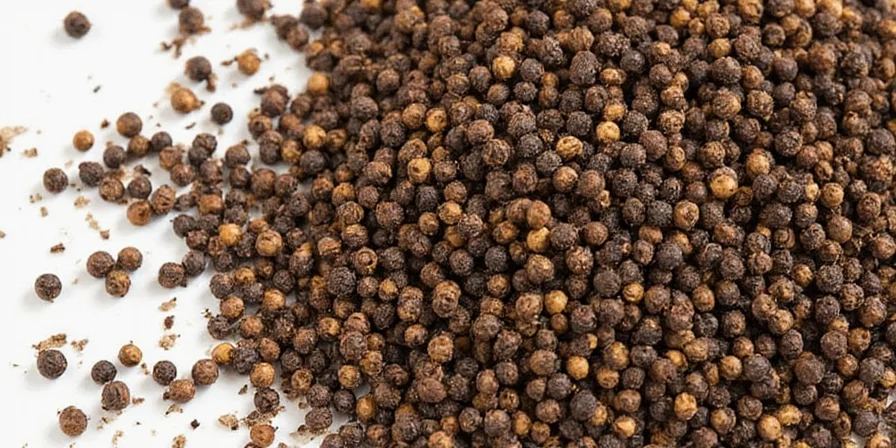
You’ve got all the tools—now go spice things up!
Crushed black pepper might seem like a basic spice, but with a little knowledge and creativity, it can transform ordinary meals into memorable ones. From its fascinating history to its science-backed benefits, there’s plenty to love—and use—about this everyday powerhouse.
So next time you reach for that shaker, remember: a sprinkle of pepper isn’t just seasoning—it’s storytelling, chemistry, and art all in one.
Now get out there and crush it—with crushed black pepper, of course.

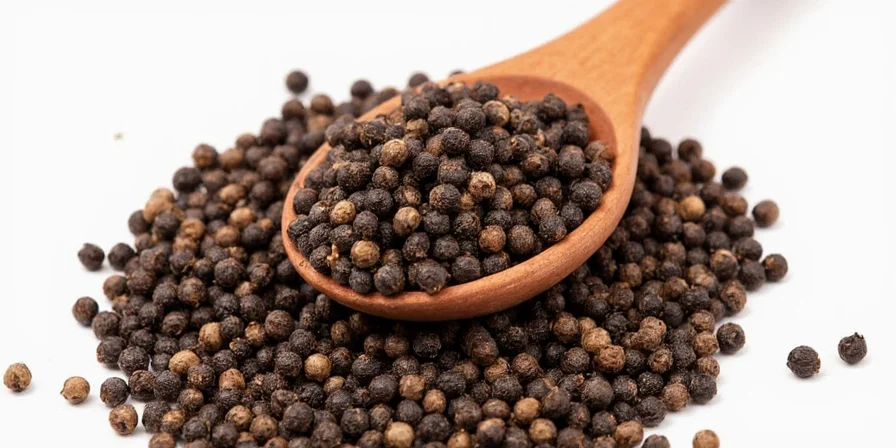









 浙公网安备
33010002000092号
浙公网安备
33010002000092号 浙B2-20120091-4
浙B2-20120091-4